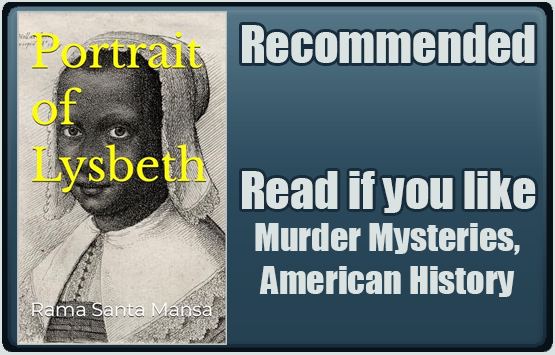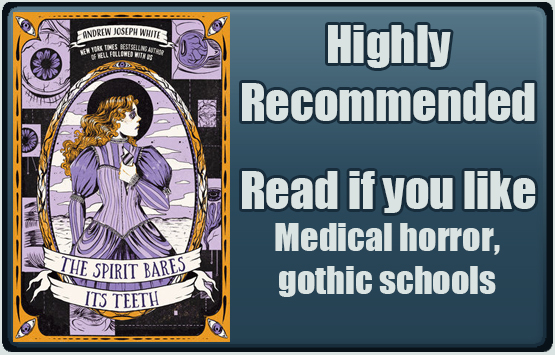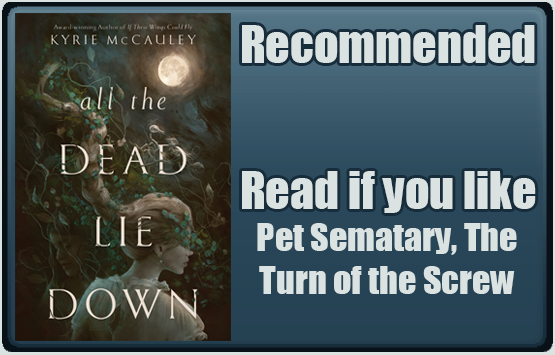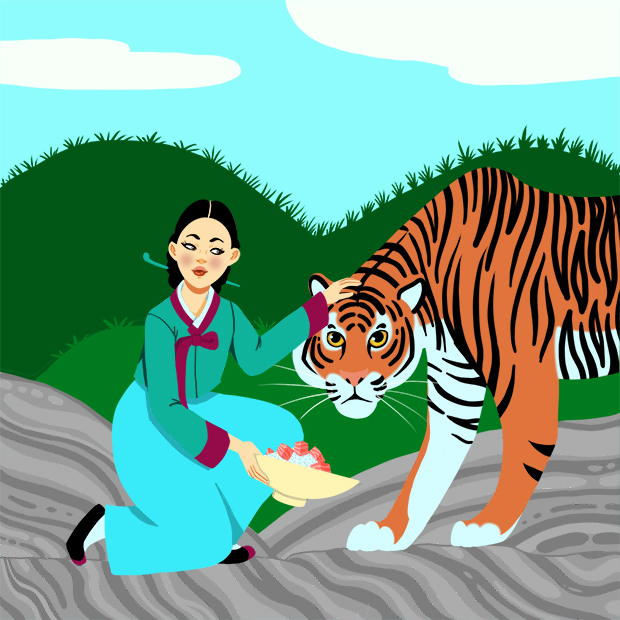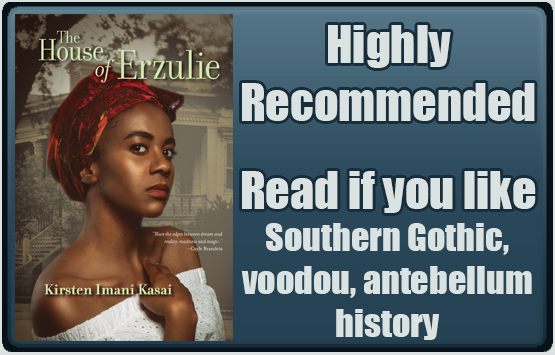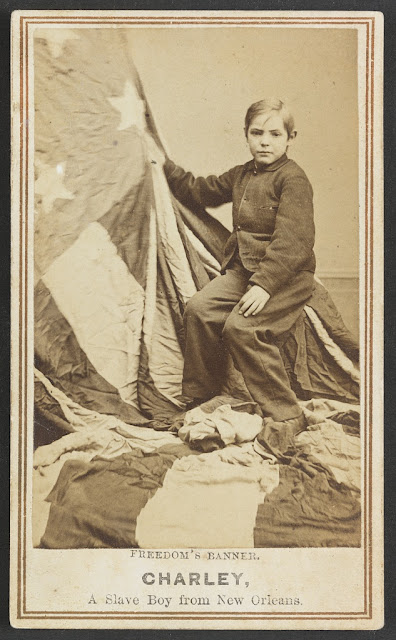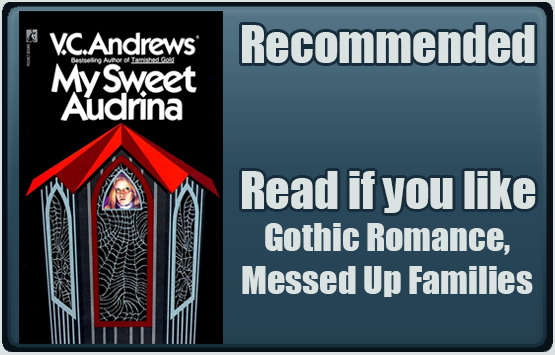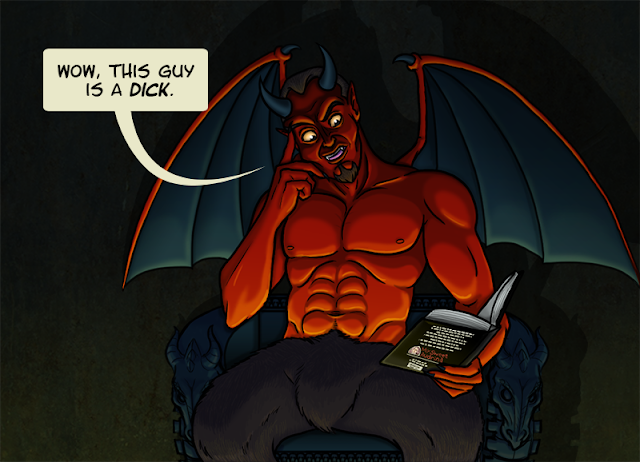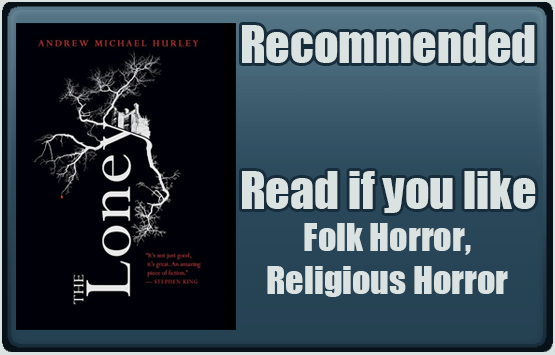Formats: digital
Publisher: Lingeer Press
Genre: Demon, Gothic, Historic Horror
Audience: Adult/Mature
Diversity: Black (African American) main character and author, minor gay character
Takes Place in: Sleepy Hollow, NY
Content Warnings (Highlight to view): Antisemitism, Child Abuse, Child Sexual Abuse, Childbirth, Death, Forced Captivity, Homophobia, Kidnapping, Medical Procedures, Oppression, Pedophilia, Physical Abuse, Racism, Rape/Sexual Assault, Sexism, Sexual Abuse, Slurs, Slut-Shaming, Verbal/Emotional Abuse, Xenophobia
Blurb
The year is 1676. We meet Lysbeth Luanda, a second-generation African freedwoman in New York, the former Dutch colony seized by the English, who, in a mere decade, have passed more cruel and oppressive restrictions on the free African community already living in the colony.After being orphaned at age 13, Lysbeth is forced to restart life all on her own––while working as a tavern waitress in Dutch and German-owned taverns along the banks of the Delaware and Hudson rivers. In this multinational milieu, she learns cosmopolitan skills and street philosophy from lovable lowlifes, brash buccaneers, African dreamers, indigenous heroines, and globetrotting Scandinavians. Lysbeth eventually finds a mentor in a Sephardi Jewish medical doctor from Curaçao, under whom she studies surgery and anatomy.
As the gloomy autumn season begins in 1676, the gruesome murders of three European women, by an unknown assailant in the isolated village of Sleepy Hollow, shocks the whole of New York.
Lysbeth’s mentor convinces the New York High Sheriff to appoint Lysbeth to go investigate the victims’ inexplicable cause of death and bring back a written coroner’s report. After an initial frosty reception by the villagers of Sleepy Hollow, Lysbeth gains new allies who assist her in her investigation
I received this product for free in return for providing an honest and unbiased review. I received no other compensation. I am disclosing this in accordance with the Federal Trade Commission’s 16 CFR, Part 255: Guides Concerning the Use of Endorsements and Testimonials in Advertising.
The Portrait of Lysbeth is set in Sleepy Hollow, but don’t expect mentions of the Headless Horseman or Ichabod Crane in this book. This story takes place about 100 years before the Revolutionary War and centers around Lysbeth, a free born Black woman, sent to investigate a serial killer (although that term wasn’t coined until the 20th century) in Sleepy Hollow, New York.
Lisbeth Anthonijsen, was a real person born around 1650 into the free Black community of New Amsterdam (what is now New York City). She started working as a servant for white colonists at a young age. In June 1661 she was accused of stealing wampum from the house where she was employed and the court ordered her to be beaten with a rod as punishment. In the winter of 1663, Lisbeth was spotted running away from a housefire at the Cregier household where she was employed. She was blamed for starting the fire and the court sentenced her to be enslaved by the Cregier family. Young Lisbeth was never given a chance. Mansa’s mission, as she puts it, was to get justice for Lisbeth by writing The Portrait of Lysbeth. She did a ton of research for this book, and it really adds to the story. I appreciate the time and effort Mansa put in to creating the setting and her main character, Lysbeth.
The fictional Lysbeth Luanda is an educated freed woman who becomes an indentured servant at the age of 13, after the death or her parents. She’s forced to work as a tavern waitress for the next 22 years, where she learns about the world from her diverse clientele. Eventually, Lysbeth makes her way back to New Amsterdam where she apprentices for a Sephardic Jewish doctor, who sends her to Sleepy Hollow to act as coroner.
Some parts of the book are written in third person present perfect tense, which I felt was an interesting, if uncommon, choice. It’s fine, it just took a little while to get used to. It also jumps around quite a bit, from Lysbeth’s childhood to her time studying under the physician then back to the murder investigation. It can get a little confusing. But once I got used to it, the story flowed much more smoothly. I found the more fanciful elements genuinely creepy, like when a maid becomes possessed and chases Lysbeth through the house. The entire murder investigation has an eerie feeling, and not just because of the way the townsfolk stare at her. There seem to be things lurking in the woods, things Lysbeth, as a woman of science, refuses to believe in.
I appreciated how Mansa not only avoids common racist literary tropes but makes a point to subvert them. In the beginning of the book, Mansa describes an unpleasant white man’s complexion as “milk cream.” I was amused to see, for the first time, a white person’s skin compared to food, something that routinely happens to Black characters written by white authors. It was also a nice change of pace to not have the color black associated with evil, but with spiritual strength and protection from evil. This is seen both is Lysbeth’s horse and the spirit wolf that protects her. Instead, Lysbeth believes that it is white animals that are to feared as they lack the spiritual protection of blackness. I also liked that the enslaved Africans were referred to as “enslaved,” rather than “slaves.” A seemingly small change, but to me a powerful one. By calling someone a slave, their identity is reduced to their circumstance. It dehumanizes them. An enslaved person is a person first, who has had slavery forced upon them.
In the book, both Native and African characters were referred to by their nations and not all lumped into the same group. For example, Lisbeth’s father is Kongolese, a people originally found in what is modern day northern Angola. The man who gave Lysbeth her witch gun is Mbundu. It was also refreshing to see Native history, which is often erased, acknowledged in the story, such as the Wampanoag leader Metacom (also known by the English name King Philip) defending his lands from the Puritans and the Moravian massacre. However, the Native representation did leave me questioning some of the author’s choices. There’s a rather brutal description of the 1643 Pavonia massacre, where the Dutch invaded what is now called Manhattan and massacred scores of Lenape people. I appreciate that it’s made clear that the settlers are living on stolen land (Lenapehoking) and that attention is brought to Native history, however, I felt weird about having a non-Native author write about Native trauma. If this were a white author doing it, it would be a more clear-cut example of exploitation of a marginalized group’s suffering. White people have been stealing from and exploiting Natives for hundreds of years, even though it’s not always done maliciously. As Debbie Reese, a Nambé Owingeh Pueblo scholar and educator, explains on her blog American Indians in Children’s Literature:
“…the history of White people taking from Native people is also filled with White people who befriend us because they have found themselves living in or near our communities.
Of that latter group, I wish they could form those friendships without saying “look at me and my Native friend.” Or, “look at the good I do for my Native friends!” Or, “I worked with them and they asked me to write this story about them.” Or, “I taught their kids and I learned from them and so, I am able to write books about them that you should buy because I know what I’m talking about.” Or, “Look! My book has a note inside from my Native friend or colleague. You can trust what you read in my book.”
They mean well. But I wish they could see past their good intentions. What they’re doing is exploitation.”
But Rama Santa Mansa isn’t white. She is a Black woman who wants to use her book to honor the untold stories of marginalized groups in what is now called the United States, but is that enough to give her a pass? Does her race make the story less problematic? It’s clear that Mansa did her best to portray the Lenape’s plight with respect, and wanted to include them as the first inhabitants of what is now called New York. There’s no colonialism being enforced, as Mansa is a Black author. She also did a significant amount of research for her book, but it left me wondering if she had reached out to Lenape or other Native scholars when writing it. There are certainly no Native books listed in her bibliography, no Native professors that she thanks in the acknowledgement, not even a reference to Indian 101 for writers.
I feel like at the very least a Native sensitivity reader would have been warranted. As Debbie Reese writes in her criticism of Justina Ireland’s book Dread Nation (another historic novel by a Black author), “It became clear to me that the reason her book fails in its representations of Native peoples is because she relied heavily on archival research. The “primary sources” she used are items in government archives–that are heavily biased.” This underlines the importance of using Native sources when discussing Native issues in addition to actually speaking to Native people. It’s also serves as a good reminder that just because a writer belongs to one marginalized group, it doesn’t mean they are qualified to write about another.
Despite the issues mentioned above I found the book overall enjoyable, with a highly detailed and well-researched setting and a strong Black woman protagonist.
